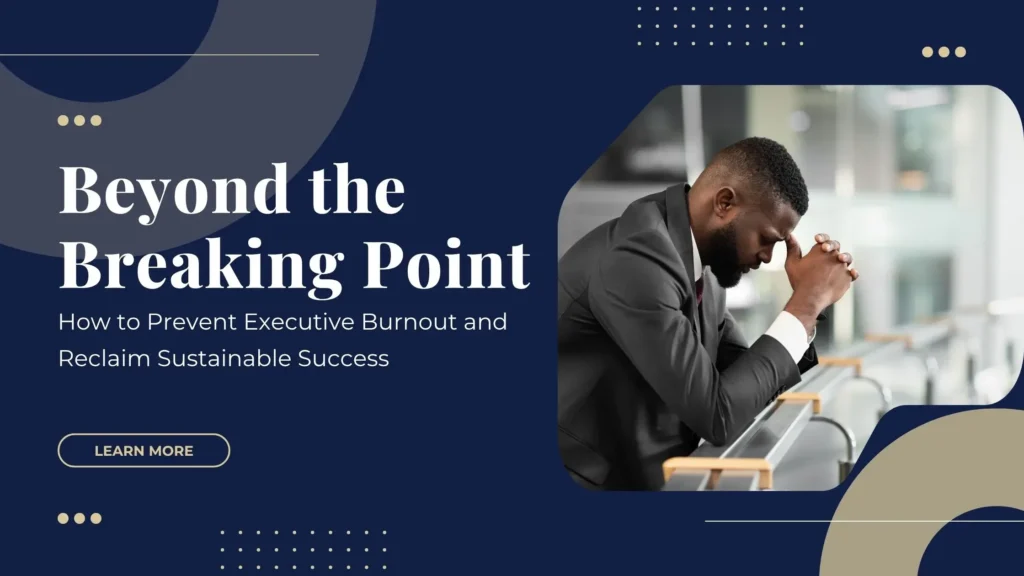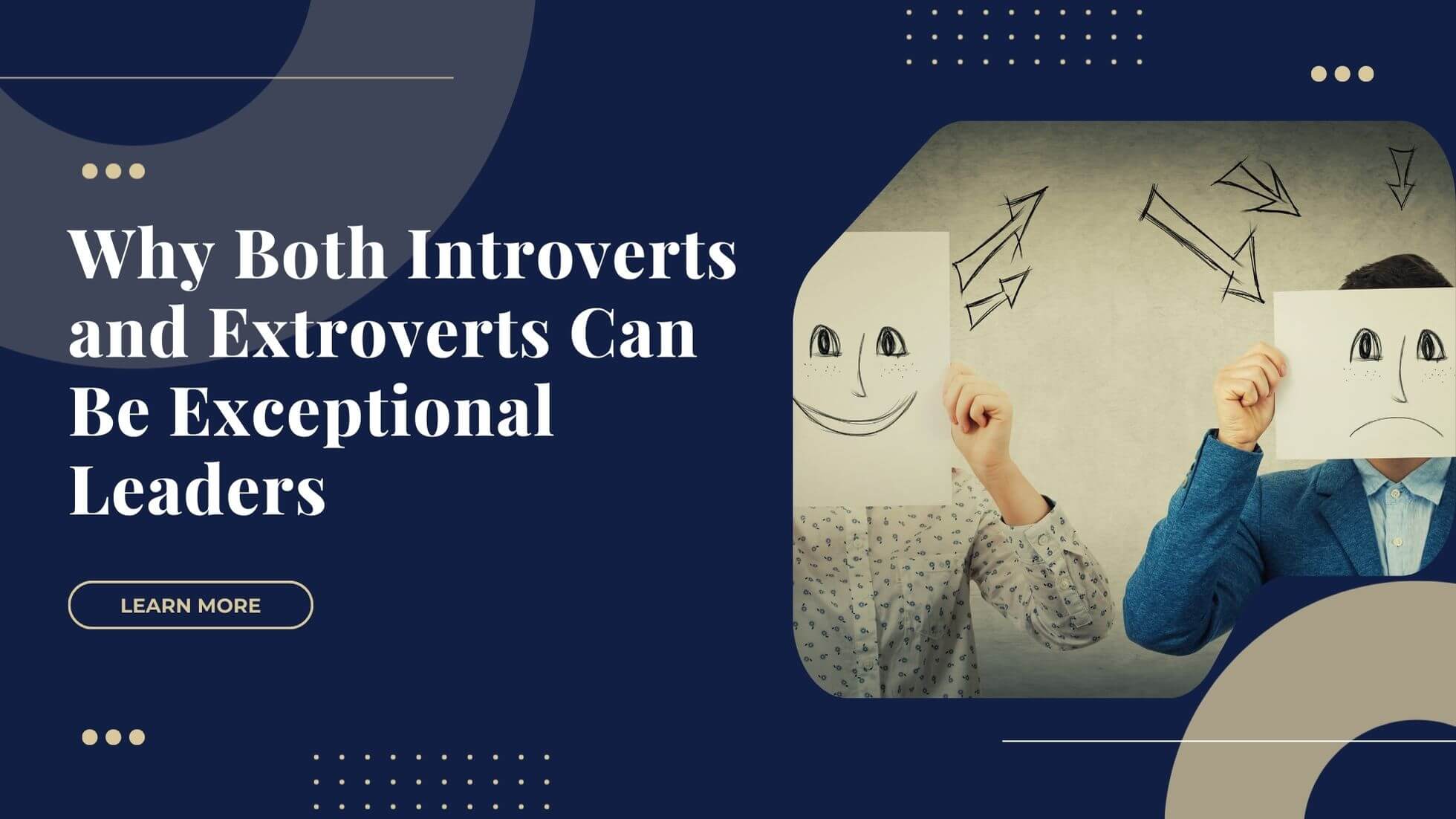Preventing executive burnout isn’t a luxury—it’s a necessity. As a leader, you carry the emotional, strategic, and organizational weight of your company. But without proper psychological and physiological safeguards, burnout can silently erode your performance, decision-making, and wellbeing.
What Is Executive Burnout?
Executive burnout is a chronic state of physical and emotional exhaustion, often accompanied by cynicism and a reduced sense of accomplishment. It’s not just stress—it’s a full-body shutdown. And it’s increasingly common among high achievers who are praised for their output but penalized for pausing.
Warning Signs to Watch
- Chronic fatigue or disrupted sleep
- Increased irritability and impatience
- Decision fatigue and diminished executive functioning
- Disconnection from purpose or passion
- Neglecting self-care or personal relationships
The Neuroscience of Burnout
Prolonged stress triggers the overproduction of cortisol and shrinks the prefrontal cortex—compromising your ability to plan, regulate emotions, and lead effectively. Your brain becomes reactive, not strategic. Leaders often mistake this for a motivation problem when it’s actually a neurological one.
5 Strategies to Prevent Executive Burnout
- Design Rest Into Your Day: Schedule short, strategic recovery breaks to reduce cortisol and boost focus.
- Practice Mindful Leadership: Daily mindfulness lowers stress hormones and improves emotional regulation. Even 10 minutes counts.
- Establish Clear Boundaries: Define your work limits and protect your energy with non-negotiable time off.
- Reconnect with Meaning: Reflect weekly on why you lead. Purpose is the strongest antidote to burnout.
- Invest in Support: Executive coaching, therapy, and mastermind groups offer psychological scaffolding to stay grounded under pressure.
Why Heart-Centered Leaders Are at Higher Risk
Leaders who care deeply about their teams and mission are more likely to overextend themselves emotionally. That’s why Heart-Centered Leadership requires equally strong boundaries and recovery rituals to sustain impact without sacrificing self.
Final Thoughts
Burnout prevention isn’t reactive—it’s proactive. The more you scale your business or influence, the more vital it becomes to support your mind, body, and spirit. As you lead others, don’t forget to lead yourself first.
📌 Featured Image Suggestion:
Photo of a CEO meditating on a rooftop at sunrise, symbolizing balance and clarity at the top.
🚀 Call to Action:
If you’re an executive or entrepreneur feeling the early signs of burnout, don’t wait until it’s too late. Book a discovery call with a certified coach from the Heart-Centered Leadership Institute—and reclaim your energy, focus, and fulfillment today.





